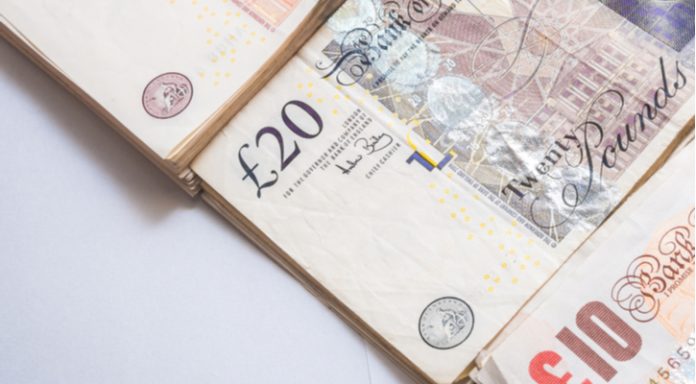Thanks to a weaker dollar the pound US dollar exchange rate advanced, picking up off its recent 6 month low. The pound US dollar exchange rate climbed briefly above US$1.33 before easing back to US$1.3285 towards the close.
| What do these figures mean? |
|---|
|
When measuring the value of a pair of currencies, one set equals 1 unit and the other shows the current equivalent. As the market moves, the amount will vary from minute to minute. For example, it could be written: 1 GBP = 1.28934 USD Here, £1 is equivalent to approximately $1.29. This specifically measures the pound’s worth against the dollar. If the US dollar amount increases in this pairing, it’s positive for the pound. Or, if you were looking at it the other way around: 1 USD = 0.77786 GBP In this example, $1 is equivalent to approximately £0.78. This measures the US dollar’s worth versus the British pound. If the sterling number gets larger, it’s good news for the dollar. |
This week has been relatively quiet as far as the UK economic calendar is concerned. Earlier in the week investors learned that shop prices were falling as illustrated in the British Retail Consortium figures. BRC data showed that shop prices dropped 1.1% year on year in May, the largest monthly decline since January 2017. Whilst food prices increased slightly, prices of non-food items declined by 2.5%.
These figures show that prices and therefore inflation is falling. This is good news for the long struggling UK consumer, who should slowly start to notice an easing of pressure on their purse. However, declining inflation also means that it is less likely that the Bank of England will hike rates, exasperating fears that the central bank may not increase interest rates in August. These concerns limited any advances in sterling.
| Why do raised interest rates boost a currency’s value? |
|---|
| Interest rates are key to understanding exchange rate movements. Those who have large sums of money to invest want the highest return on their investments. Higher interest rate environments tend to offer higher yields. So, if the interest rate or at least the interest rate expectation of a country is relatively higher compared to another, then it attracts more foreign capital investment. Large corporations and investors need local currency to invest. More local currency used then boosts the demand of that currency, pushing the value higher. |
Whilst signs of falling inflation weighed on the pound, the latest assessment from the Organisation for Economic Cooperation and Development (OECD) gave a boost demand for the pound. The OECD upgraded UK economic growth forecasts, from 1.2% to 1.4% forecast for this year and 1.3% expected for next year, up from 1.1%.
| Why does strong economic data boost a country’s currency? |
|---|
| Solid economic indicators point to a strong economy. Strong economies have strong currencies because institutions look to invest in countries where growth prospects are high. These institutions require local currency to invest in the country, thus increasing demand and pushing up the money’s worth. So, when a country or region has good economic news, the value of the currency tends to rise. |
Renewed Trade War Fears Send Dollar Lower
The dollar experienced a rare down day on Wednesday amid renewed trade war fears and a slew of disappointing data.
Trade war fears had been put “on hold” by the Trump administration little over a week ago as the US and China committed to talks to try to negotiate around a pending trade war. However, on Wednesday the US announced that they would be moving forward with trade tariffs on $50 billion worth of Chinese imports.
Despite the latest threat, trade talks are continuing between the US and China. The contrasting comments from different senior officials highlight the internal differences within the administration on trade. Even so, the mere prospect of the tariffs and the potential pursuant trade war was enough to send the dollar lower.
Today investor attention is expected to return to the economic calendar with a barrage of US releases, including inflation numbers, initial jobless claims and pending home sales.
|
This article was initially published on TransferWise.com from the same author. The content at Currency Live is the sole opinion of the authors and in no way reflects the views of TransferWise Inc. |





